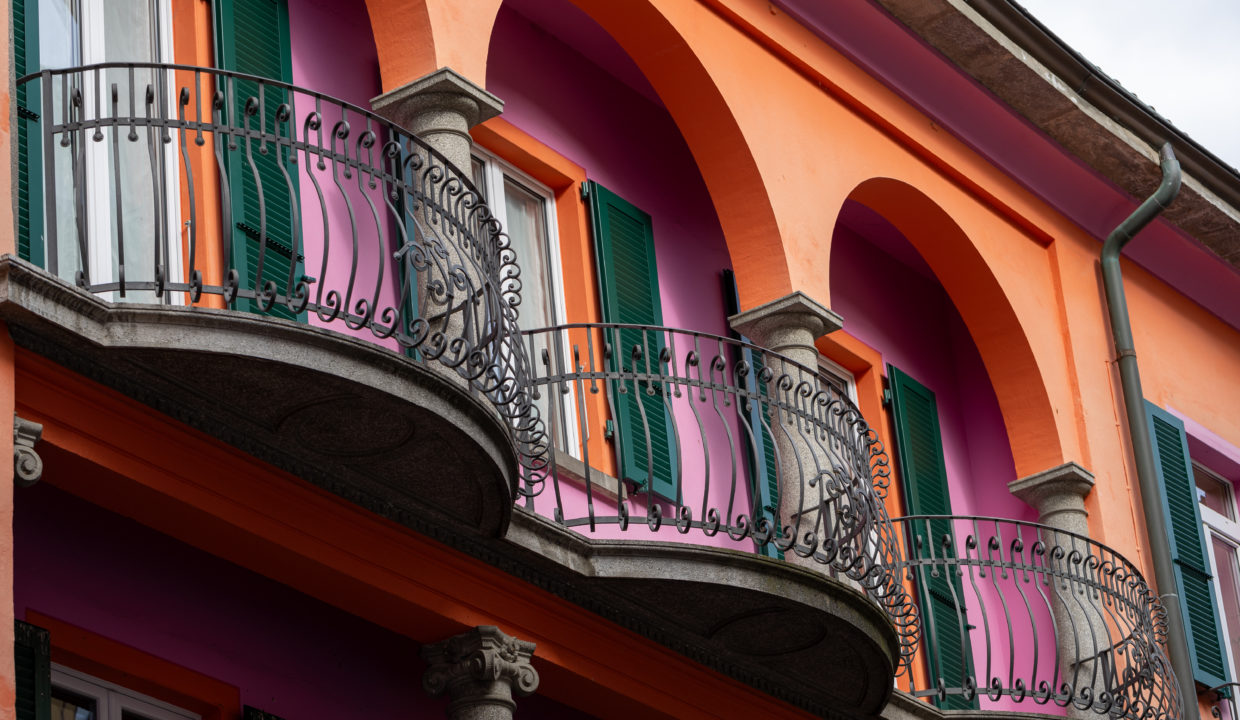
Architectural trends in Ticino: from historical roots to future challenges
Ticino, with its unique geographical location and distinctive cultural heritage, represents a crossroads between Italian and Swiss architectural traditions, embodying a blend of influences that enrich its identity.
The architecture of Ticino is not limited to the functionality of buildings, but stands as a testament to the history, social evolution, and aspirations of a community that has cherished its cultural heritage over the centuries. Indeed, the importance of architecture in this region goes beyond mere aesthetics; it is a fundamental element in defining the local identity.
The Mendrisio Academy of Architecture is a significant example of how Ticino balances tradition and innovation. With its humanistic approach and international reputation, the Academy contributes to an architectural landscape where historical buildings intertwine with modern elements, narrating stories of cultural integration and reflecting the complexity of Ticinese society.
History of Ticinese Architecture
The Canton of Ticino, known for its extraordinary scenic beauty, has an architectural tradition rooted in centuries of cultural and material exchange. Ticinese architecture has evolved significantly, influenced by its proximity to Italy and the rest of Switzerland. From modest rural buildings to bold structures, Ticino boasts a rich variety of styles that testify to a harmonious convergence of innovation and tradition.
Architecture in Ticino reflects a set of historical influences that have helped shape its uniqueness. During the Renaissance, Ticino was particularly influenced by Italian architecture, a connection due to its geographical and cultural location. This link has left an indelible mark on religious and civil architecture, with elements such as loggias, porticoes, and decorations inspired by Italian art.
In the 17th and 18th centuries, the “Ticinese School” of architecture became known for its characteristic use of local construction techniques combined with the Baroque style imported from Italy. This period saw the construction of many iconic buildings that still fill the Ticinese landscape today.
Approaching the 20th century, Ticinese architects like Mario Chiattone and Carl Weidermeyer began exploring modernism, incorporating the concept of functionality with traditional building techniques. The true modernist revolution, however, materialized with the work of Mario Botta, known for his bold designs that blend tradition and innovation, bringing Ticino to the international forefront.
The architectural history of Ticino is a tale of cultural and innovative transformations, illustrating how a regional identity can evolve over time under the influence of both internal and external factors, keeping inspiration and dynamism alive in design.
Evolution and new architectural trends of Ticino
In the current context, Ticino is at the forefront of adopting sustainable architectures, highlighting the importance of energy efficiency and renewable energies in modern projects. Local trends focus on innovative solutions that reduce environmental impact while maximizing building energy efficiency. Current needs, such as reducing energy consumption and increasing efficiency, drive the new architectural developments in Ticino. It is essential to adopt advanced energy management technologies, including state-of-the-art insulation, solar panels, and geothermal systems.
TicinoEnergia promotes buildings that follow rigorous energy efficiency criteria, encouraging certifications like Minergie to improve efficiency, incentivize sustainable renovations, and use eco-friendly materials. Local architects, inspired by Ticino’s traditional innovation, use techniques that combine aesthetics and functionality, incorporating natural and recycled materials, and passive practices that reduce the need for artificial heating and cooling.
These trends help reduce the ecological footprint of buildings, improve performance, lower operational costs, and increase property value. Ticino’s architecture evolves by combining tradition and innovation, meeting the growing expectations of efficiency and sustainability.
The Future of Ticinese Architecture
Looking to the future, Ticino continues to evolve as a laboratory of architectural innovation. Emerging trends focus primarily on sustainability, technology, and smart urbanization:
- Environmental Sustainability: Environmental issues are playing an increasingly critical role in architectural design. Future buildings will be characterized by the use of sustainable materials and eco-friendly construction methods, such as green roofs, natural insulation, and the integration of renewable energies.
- Technology and Digitalization: Digitalization is changing the way buildings are designed and constructed. Building Information Modeling (BIM) technologies enable more efficient planning and real-time monitoring of energy efficiency. Additionally, smart home technology and intelligent buildings are becoming more common, enhancing comfort and reducing energy consumption.
- Micro-living and Urbanization: With the growth of the urban population, Ticino could see an increase in the micro-living sector. This trend is based on the idea of living in smaller, modular spaces, emphasizing functionality and flexibility without sacrificing comfort.
In summary, architecture in Ticino is looking forward to more sustainable, smart, and adaptable solutions. The integration between history and modernity continues to define the architectural landscape of the region, creating a unique environment that responds to contemporary challenges with creativity and ingenuity.





